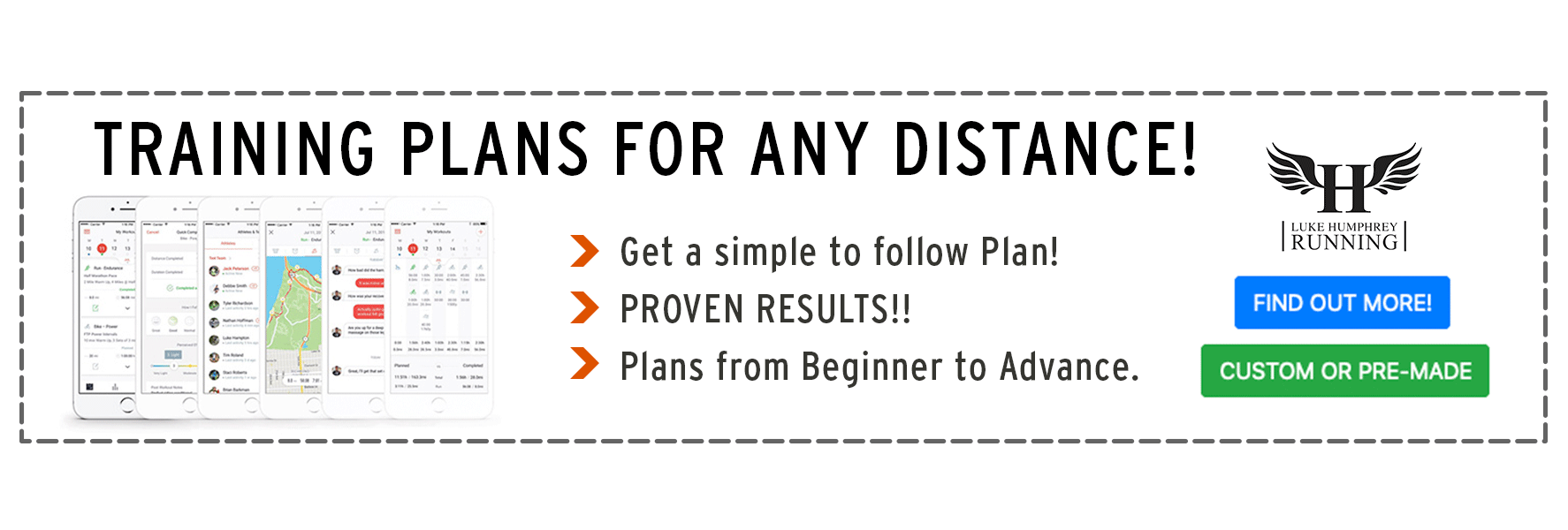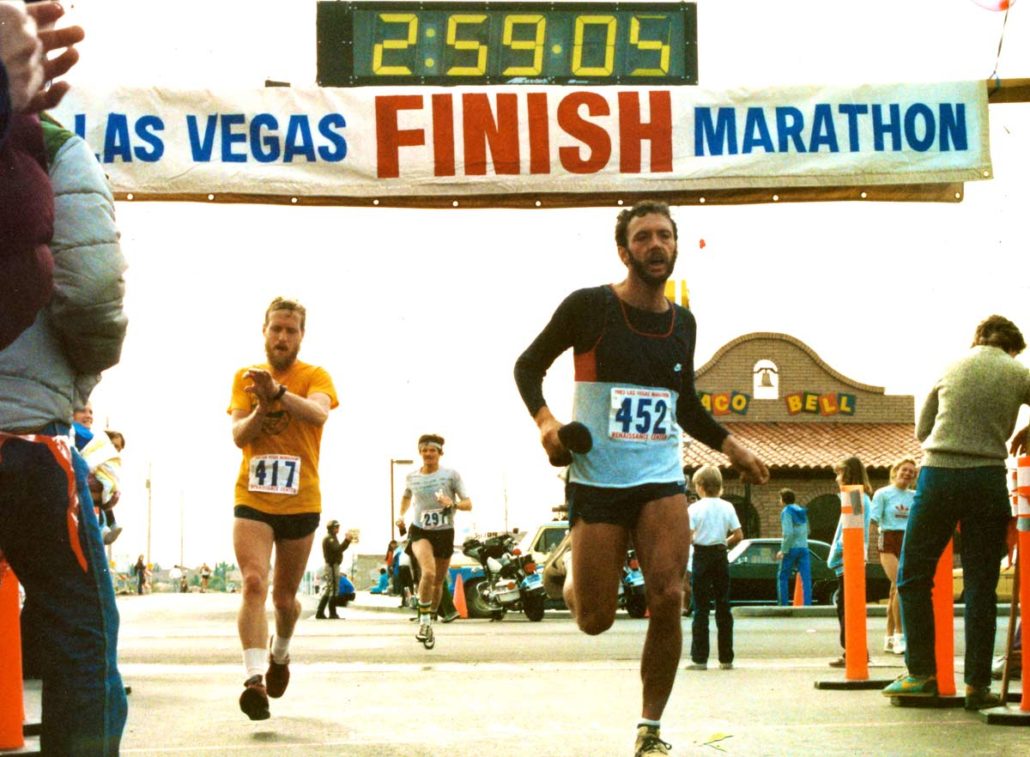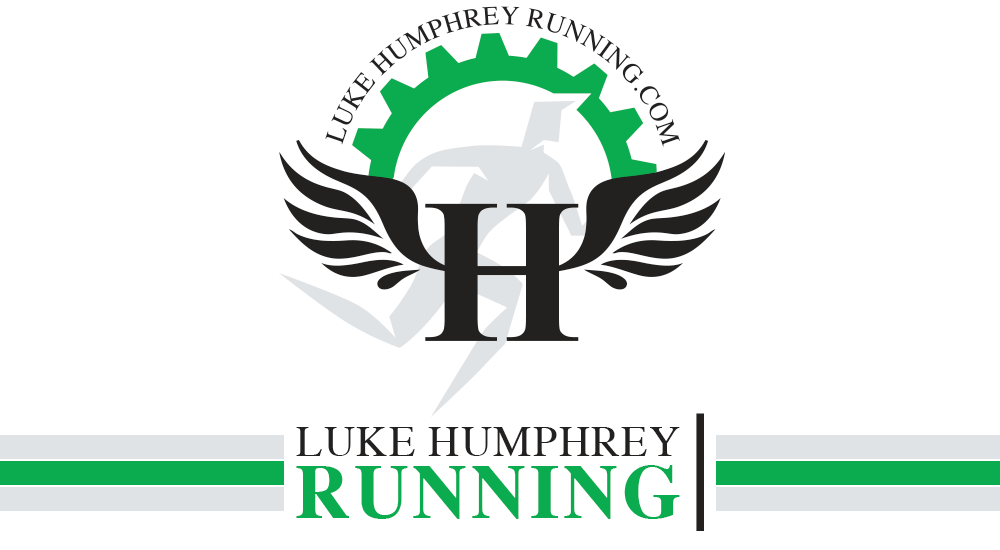Adjusting Early Season Paces

Podcast: Play in new window | Download
How many times have you set your time goal, thought it looked kinda scary, but still doable? Yeah, me too. Now, how about when you started the training plan and that first workout at your new race pace was staring back at you? Knees shake, sweat build, and a “Oh crap, that’s fast” blurts out. Yep, been there too. There’s a number of reasons we might be in this situation.
- Maybe we are looking at that big home run goal, say a BQ that’s 15 minutes faster than our personal best.
- We haven’t run a marathon in a long time (if ever), but since we’ve done some relatively fast shorter races, the charts say we are capable of something much faster than we had in mind!
- The opposite, you are a habitual marathoner, but recognize you need to work on that “get down” speed. (Bonus points if you name the book) And that 5k time looks like it might as well be a world record attempt.
There’s lots of reasons why, but the bottom line is that the paces might be a big jump. When looking at speed, maybe you have an intro workout of 12×400 meters at goal 5k pace. However, goal 5k pace feels more like mile pace. So, that hard, but doable, workout (in theory), has now become impossible. If that goal 5k pace is approaching, say your current 3k plus pace, then we are taking it from a place of being below VO2max to a place where it’s right at, or above, your VO2max. This completely changes the scope of the workout. Plus, it makes it really tough on you and it probably won’t end the way you want it. When you look at marathon paces, let’s say you are looking at that first marathon tempo of 4 miles. However, your last half marathon wasn’t too far off that goal pace- yikes! The same thing applies here. Early on, we might be making a lighter marathon pace workout into a lactate threshold workout. If you are in a marathon segment and in this situation, it could spell disaster later on.
For marathoners, why would this be the case?
If you are following the HMM plan, then you are looking at 18 weeks of running. That’s a long time. That’s buffered a bit in the beginner plan with easy weeks in the beginning. In the Advanced plan, you are getting down to business right away. Regardless, you have several weeks of a buildup of speed and marathon pace workouts before switching to the marathon specific work over the last several weeks. Now, if we are taking the first few weeks of speed, that’s supposed to be on the slower end of the speed range (close to LT for some people) and then a marathon pace that should be more like a harder easy run and switch these to both at LT, or above, then we set ourselves up to be burnt out by 10-12 weeks of training.
If you are training for a 5k or a 10k, then you might not have an 18 week schedule but 14 weeks is still a long time. With half marathon and marathon training, we might be able to get away with it for a while, but as intensities get faster and faster, the potential damage gets higher. Things like DOMS will occur more regularly. Overall muscle damage may be higher. Ultimately, we dig the hole a little deeper than we can fill back in with recovery every time we work out.
So, over the course of several weeks, we either it a breaking point or just so burnt out that performance takes a nosedive. Even if we do survive, psychologically, we haven’t particularly done anything to make ourselves confident.
We end up hanging on rather than building up.
Whatever situation you are in, the question remains the same- how do we bridge the gap between where we are at and where we want to be. Just diving in may work, but is it the most reasonable solution? The chances of failure are a lot higher with this approach.
As a coach I approach three different ways.
- I make sure my athletes aren’t just doing one type of training all the time.
If they just want to run marathons, then I try to get them to switch modes at the appropriate time. There’s a number of ways to time this. One way is to do during a time that doesn’t make sense to train for their primary event. So, a marathoner in Florida, may benefit from doing a speed segment during the summer months, when training for a marathon would be absolutely miserable. Then, they could switch gears in September and run a marathon in December or January when the weather would be much more favorable to them. - Adjust overall paces.
What I mean by this, is each workout for a certain goal will be kept the same. So, your 5k pace is 7:00/mile and you are looking to get down to 6:40/mile. What I might do is take a week or so at the current 7:00 pace, then cut down to 6:50 pace for 3-4 weeks, then close out the segment at 3-4 weeks at the goal pace of 6:40. This gives the body time to adapt to new levels. In other words, we don’t dig that hole so deep we can’t get out of it. - Cutdown paces during the workout.
Flipping it, let’s assume your current marathon pace is 8:00/mile and you want to get to 7:30 pace. You have a 4 mile tempo at goal pace. At the beginning of your segment, that might be faster than what your LT is, so completely changing the dynamics of the workout intentions. What I might do is say first mile at 8:00, then next mile at 7:50, then 7:40, then try to close at 7:30 if you can. Then over the course of the next several weeks, increase the amount of time in the range of goal pace to goal pace plus 10 secs/mile and decrease the amount of time at the old marathon pace. You could easily do the same things with repeats. - Reduce repeat distances for the first few weeks and make tempos repeats.
So, for workouts like speed at new goal pace, you could keep repeats to 200-600 meter repeats at new goal paces and keep recovery a little longer. With a four mile tempo, I often just make 8×800 meters or 4×1 mile at goal MP with short recoveries. Now, mind you, I don’t believe the physiological adaptations are the same, but in this case that is not the point. Here, our goal is to build confidence in new pace and just dip our toes into the deep end.
I love setting big goals.
However, big goals without a plan is no good. Here’s 4 strategies to help bridge the gap in the early stages. These can be used for big goals, coming back from a long time away from an event, or going into uncharted territory. Let’s make it happen!





